How Heavy Should You Be Lifting During Your Workouts?
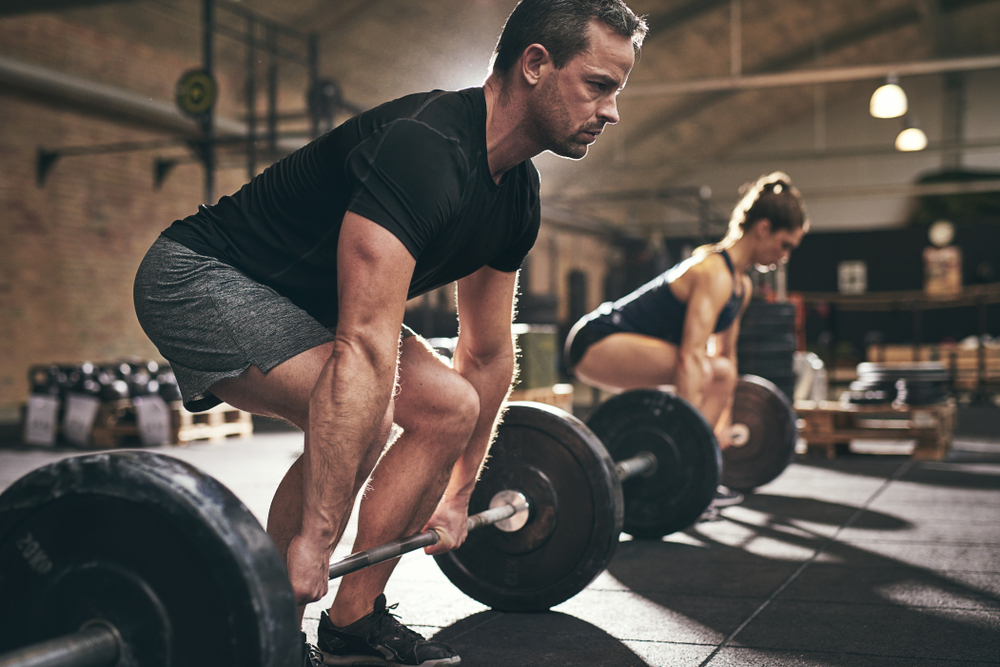
Your nutrition is on point and you’ve been strength training in the gym.
On the surface and to the outside world it might appear that you have the whole workout thing down.
But truth be told, you’re really not all that confident in what you’re doing.
You have questions…
Is there a certain amount of weight you should be lifting during your workouts?
Will lighter weight for reps help you tone your muscles?
Should you be training to failure?
In this article, you’ll get answers to all those and more.
Just an FYI but we’ll be operating under the assumption you want to improve body composition (i.e. build some muscle, lose fat) and achieve a fitter, more defined physique.
If that’s not your goal, how heavy you should be lifting during your workouts might be different.
Why should you be lifting heavy anyway?
Optimal results = progressive overload + lifting heavy.
Progressive overload is the act of gradually increasing the amount of weight you lift over time
The key phrase here is “over time.”
You’re not going to lift more weight EVERY SINGLE WORKOUT.
But big picture, you should be getting stronger over the long haul.
For example, let’s say you’re currently performing 3 sets of 8 reps of RDLs using 50 pounds.
Progressive overload would mean working your way up to 55 pounds, then 60 pounds, and so on.
Why the need to keep lifting heavier weights?
Your body needs a stimulus in order to continue making progress and achieving results.
Lifting heavier and heavier weights forces your body to keep adapting so you can continue to see progress.
In other words, progressive overload helps you build/retain muscle mass, which leads to a toned and more defined (or whatever you want to call it) physique instead of one that’s skinny fat.
Trying to make progress without progressive overload is like going outside in the middle of a snow storm without a coat.
That just wouldn’t work…
How much weight should you be able to lift?
First off, keep in mind the word “heavy” is relative.
No matter if you’re performing a compound movement, accessory lift, or an isolation exercise (more on these in a second), what’s heavy for you will be different than what’s heavy to the next person.
So don’t worry about how much weight Betty Biceps or Triceps Tony are lifting next to you.
They could be lifting more or they could be lifting less but regardless, it really is irrelevant.
Making progress and improving body composition isn’t driven by what your gym neighbor is lifting.
You make progress by giving effort on a consistent basis and applying progressive overload to the same batch of workouts for the next 8-12 weeks.
Aka not switching up your workout routine every single day because you think it helps “confuse your muscles.”
Your muscles aren’t a riddle.
They don’t need “confusing.”
How heavy you should lift will depend on the exercise and number of reps
The amount of weight you lift will vary based on:
- The specific exercise you’re performing, and…
- How many reps of the exercise you’re doing
You have your compound movements, your accessory lifts, and then isolation exercises (with each having an ideal rep range dictating how heavy you’ll lift).
Each one of these exercise types should have a place in your strength training routine.
Compound movements
Compound movements belong at the beginning of your workouts.
These are exercises like:
- Squat (one of the best exercises to grow your glutes)
- Deadlift
- Bench press
- Pull-ups/chin-ups.
They recruit the most muscle fibers and you can lift the heaviest amount of weight with these, so you want them at the beginning of your workouts when you have the most energy and are freshest.
As a general rule, compound lifts fall within the 6-8 rep range.
When you think about “compound movements,” think lower reps, heavy weight.
Accessory lifts
For simplicity’s sake, think of accessory lifts as second in your workout order.
The thing with accessory lifts though, is they’re pretty much interchangeable with compound movements..
So you can use accessory lifts as compound movements and compound movements as accessory lifts.
Accessory lifts are exercises such as:
- Romanian deadlift (RDLs)
- Lat pulldown
- Lunges (either forward or backward)
When someone says “accessory movements,” think medium weight and medium reps (in the 8-12 rep range).
Isolation exercises
Isolation exercises are like the “cherry on top” of your workouts.
They go at the very end, and you can think of isolation movements like squeezing an orange for that last little bit of juice.
They only work one muscle group at a time (i.e. bicep curls for biceps, tricep extensions for triceps, calf raises for calves, etc), which means you should be lifting the least amount of weight on these.
Isolation exercises typically fall within the 10-15, maybe even 20 rep range on the higher end.
So picture lower weight for higher reps when you think about isolation exercises.
Should you be lifting to failure?
The specific exercise doesn’t matter and neither does the number of reps you’re doing.
You could be lifting lighter weight for higher reps, heavier weight for lower reps, or somewhere in the middle.
But not lifting within 1-2 reps of failure on each working set means you’re leaving significant progress on the table.
It’d be like ordering a pizza but when you go to pick it up, the person behind the counter only gives you half.
When I say 1-2 reps shy of failure, this is what I mean…
The end of each working set shouldn’t feel like a walk in the park.
Actually, it should feel like the complete and total opposite.
You want those last 1-2 reps to take a significant amount of grit and effort to squeeze out.
I understand pushing yourself that hard might make you feel a little uneasy.
But you don’t want to shy away from that feeling.
Instead, lean into that feeling and understand that change isn’t made when you’re comfortable.
I mean…
How many things worthwhile and that you’re truly proud of were super easy to achieve?
You know, if lifting weights was meant to be a walk in the park, everyone would do it and achieve amazing results.
But not everyone does.
You know why?
Because lifting weights and truly pushing yourself is hard work.
It absolutely sucks (but in a good way).
And in order to get the results you want, you have to be willing to do what others won’t.
That’s the change in mindset you need to make….
“I’m willing to step outside of my comfort zone and challenge myself during my workouts, even on days I’m not feeling too particularly motivated.”
How much weight you should be lifting Q&A
How often should I increase the weight?
If you’ve reached the point where you think you might need to go up in weight but at the same time, you’re not really sure, here’s what you’re going to do…
Implement the double progression training method.
Double progression lets you know exactly when it’s time to go up in weight instead of having you guessing and just hoping for the best.
How much weight should a woman lift to tone?
Women should be lifting heavy weights!
Period.
End of story.
Fastest TED Talk in history.
Ladies, seriously though, don’t buy into this nonsense you should be lifting exclusively “lighter weight for reps” to become more toned.
Becoming toned, first, and foremost, is driven by what you eat.
Workout-wise, achieving a more defined and fitter-looking physique comes from having a nice mix of:
- Higher weight but lower reps (in the 6-8 range)
- Medium weight with medium reps (in the 8-12 range)
- Lower weight for higher reps (in the 10-20 range)
It’s no different than weightlifting for a guy.
How much weight should I lift to lose weight?
Workouts don’t drive weight loss, your nutrition does.
Now, strength training definitely plays a part in helping you maintain a calorie deficit.
It’s just not the main character.
I would encourage you to start looking at your strength training sessions as a way to get stronger, build/retain muscle, build confidence, improve bone density, and just achieve better overall health.
Should you lift lower weight for high reps or higher reps for lower reps?
Any well-rounded workout routine will have a mix of both.
One isn’t better than the other.

What's up?
I’m Chad, I’m happy you’re here! I’m a certified personal trainer and my goal is to help you form practical, sustainable habits that lead to lifelong fitness results. If you want to lose fat, build muscle, and live a healthier, happier life then you’re right where you need to be. 💪🏾
Free resources
⬇⬇⬇
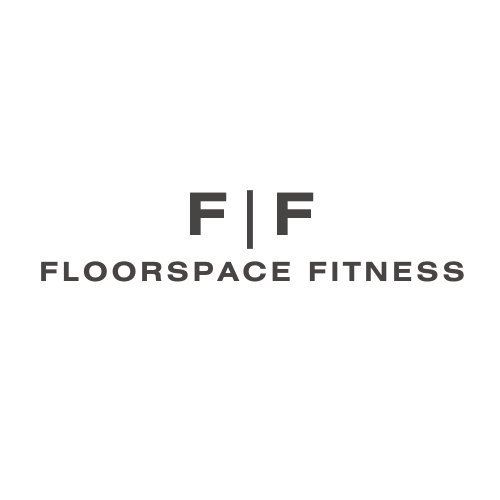

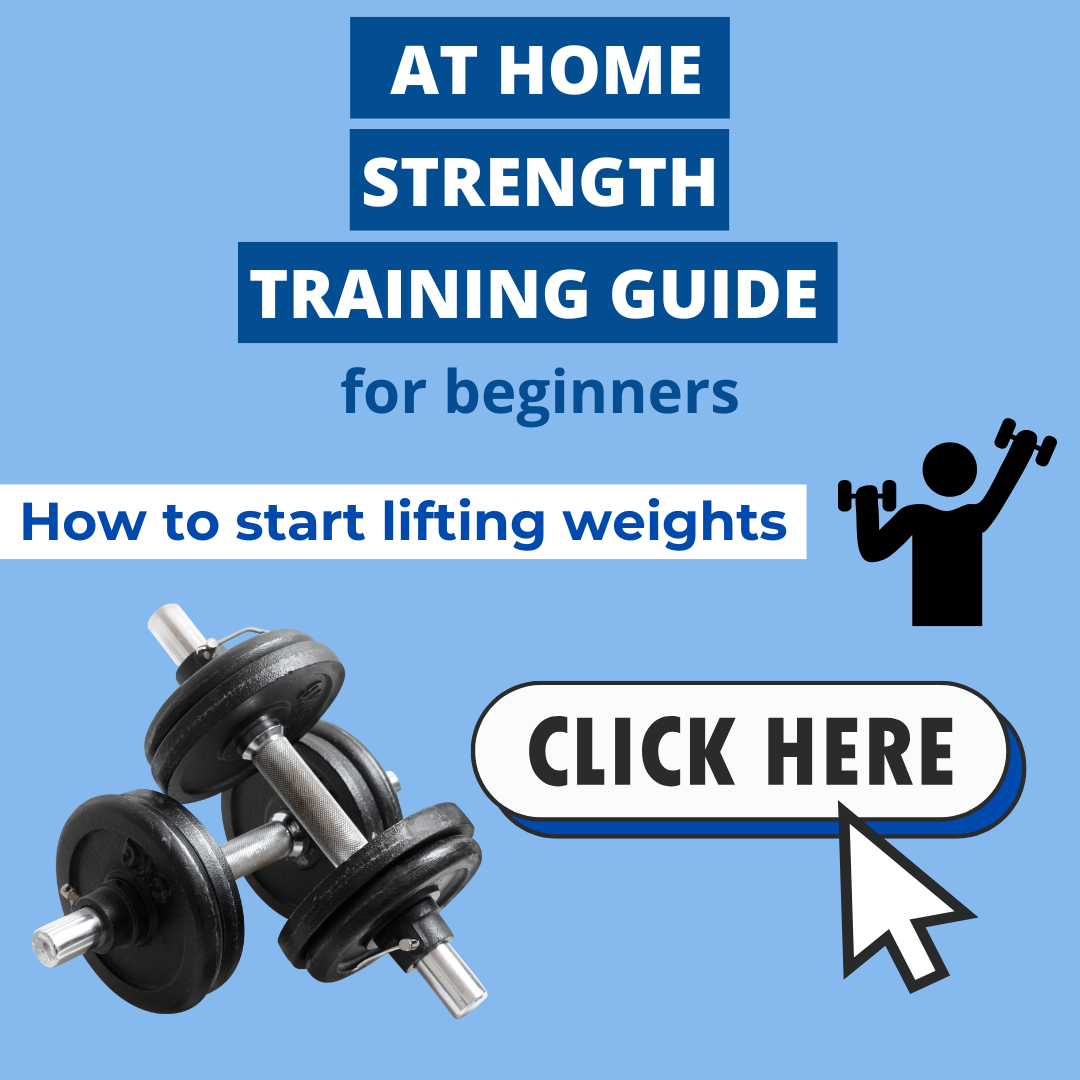
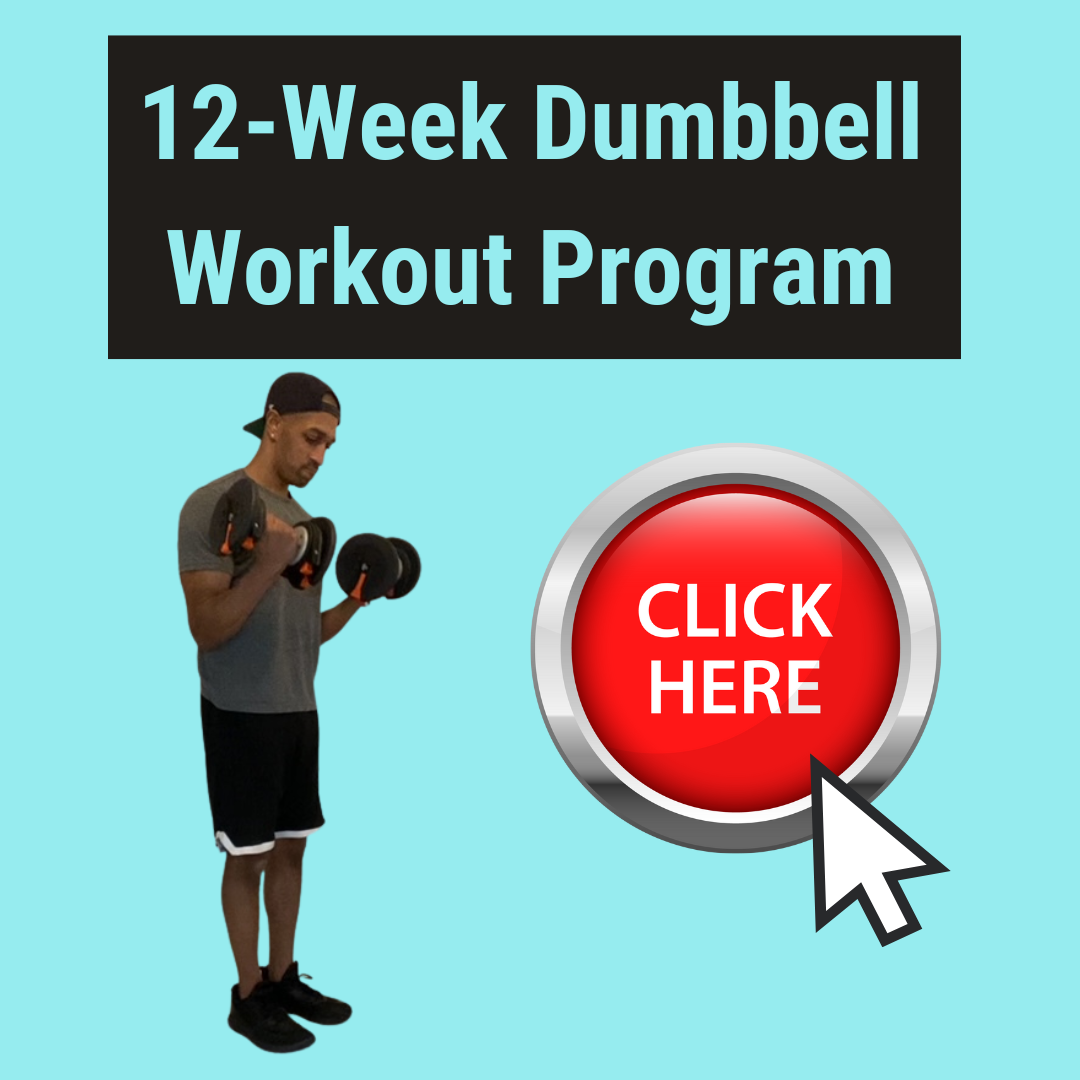
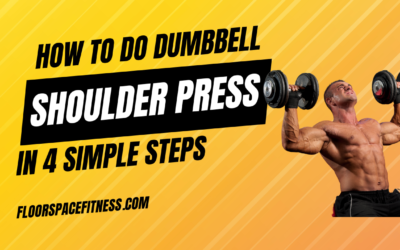
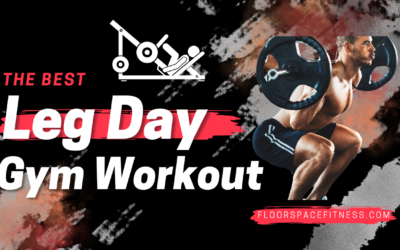
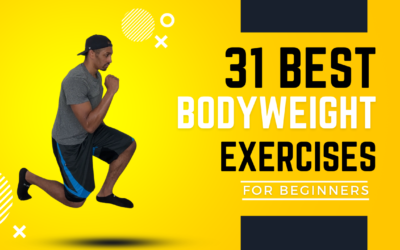
0 Comments